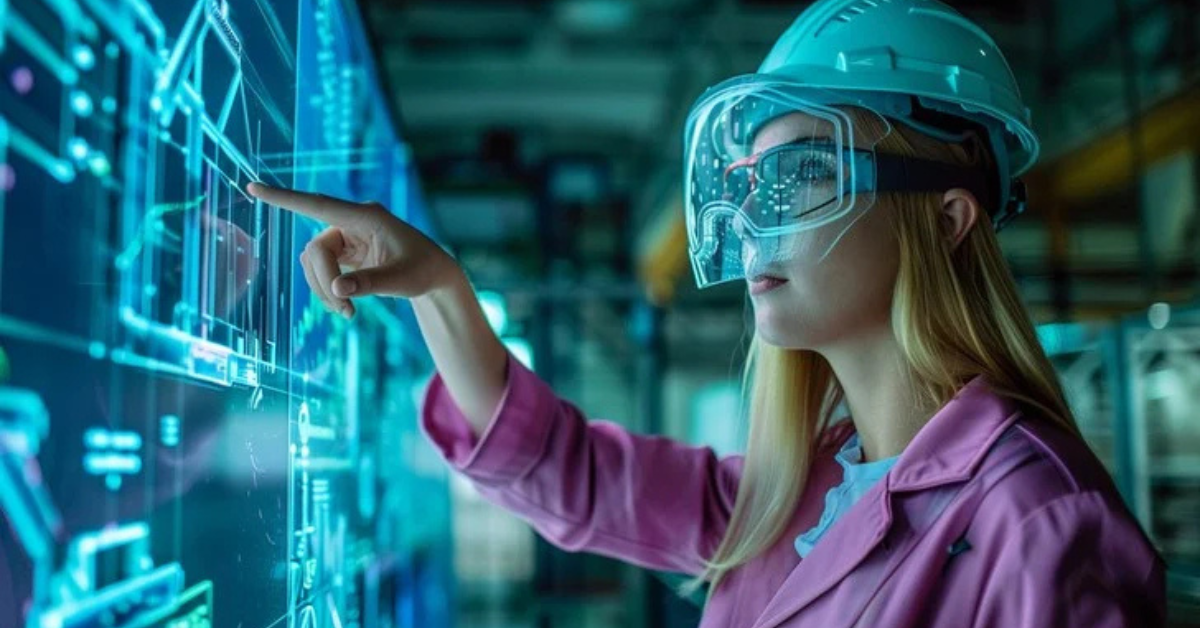
In today’s rapidly advancing digital world, the boundary between humans and technology is becoming increasingly blurred. A standout in this transformative era is iofbodies .com, a platform dedicated to exploring the Internet of Bodies (IoB)—a technological ecosystem where human bodies connect to the internet via smart devices. This digital space provides an in-depth look into how our biology is becoming part of the Internet of Things (IoT), redefining personal health, identity, and security.
What is the Internet of Bodies?
The Internet of Bodies (IoB) is an extension of the Internet of Things, but instead of smart fridges or connected thermostats, the devices are in or on the human body. These include wearable tech like fitness trackers and smartwatches, implantable devices like pacemakers and glucose monitors, and even ingestible sensors that collect internal data.
IofBodies.com lays the groundwork for understanding this revolutionary concept. It explains not only how these devices work but also how they integrate with cloud systems, AI analytics, and mobile networks to offer personalized, real-time information.
The Promise of IoB: Health and Human Enhancement
One of the most promising aspects covered on iofbodies .com is how IoB is transforming healthcare. By monitoring vital signs continuously, doctors can intervene before a health crisis occurs. Patients with chronic conditions can receive automatic alerts or medication reminders, improving their quality of life significantly.
Beyond medicine, IoB also explores human enhancement. For example, neural implants are being developed to help paralyzed patients regain control over their limbs, and cochlear implants continue to restore hearing for thousands. These advancements signal a new era where tech is not just a tool, but a literal extension of the human body.
Privacy and Security: The Double-Edged Sword
But every advancement comes with its own risks. A significant portion of IofBodies.com is dedicated to the ethical, legal, and security concerns surrounding IoB. What happens when your heartbeat, blood sugar levels, or even thoughts (via brain-computer interfaces) become data points?
The platform delves into important questions:
-
Who owns this deeply personal data?
-
How can it be protected from hacking or misuse?
-
What rights do users have if their biometric data is sold or stolen?
With cybercrime becoming increasingly sophisticated, these concerns are not just theoretical—they are urgent.
Regulatory and Ethical Implications
IofBodies.com doesn’t shy away from the thorny issues. It explores how governments, companies, and global health organizations are still playing catch-up with these innovations. There is currently no global consensus on how IoB data should be regulated, nor on how ethical boundaries should be enforced.
The site also looks at the role of informed consent. While users may agree to share their data with an app, do they fully understand how that data is being stored, analyzed, or even monetized? The need for transparency in IoB development is paramount, and IofBodies.com advocates for responsible innovation.
The Role of AI and 5G in IoB Growth
Behind the scenes of IoB lies a complex infrastructure powered by AI, edge computing, and high-speed 5G networks. Devices need to process vast amounts of data in real time—think of a pacemaker sending second-by-second updates to a cardiologist across the globe.
IofBodies.com explains how AI helps in identifying patterns that human clinicians might miss, while 5G ensures that this data is transmitted instantly, without lag. This tech backbone allows for IoB systems to be both intelligent and efficient, forming the crux of future medical diagnostics and treatment plans.
Societal and Cultural Impact
The integration of human bodies with digital networks is not only a technical evolution—it’s a cultural shift. IofBodies.com examines how society views these changes. For example, some communities see bio-augmentation as a positive leap for people with disabilities, while others worry about creating a divide between those who can afford enhancements and those who cannot.
The site also touches on how different cultures perceive bodily privacy and data sharing, which may influence how widely IoB technologies are adopted in various parts of the world.
Future Outlook: What’s Next for IoB?
The possibilities for IoB are vast—from disease prevention and virtual reality immersion to brain-linked communication and beyond. As research advances, we may even see DNA-based devices that interact directly with our genetic makeup.
IofBodies.com keeps a close watch on these trends and provides readers with access to new studies, interviews with thought leaders, and forecasts about the direction of this fast-moving field.
Final Thoughts
IofBodies.com serves as an essential guide to understanding one of the most profound technological shifts of the 21st century. The fusion of the human body with digital intelligence opens up limitless potential—but it also requires thoughtful discourse and regulation. Whether you’re a tech enthusiast, healthcare professional, or simply curious about the future, this platform offers a balanced and informative look into the promises and perils of the Internet of Bodies.





:max_bytes(150000):strip_icc()/GettyImages-1068425108-20a4b541eabd4a2ca790ad787953f841.jpg)

